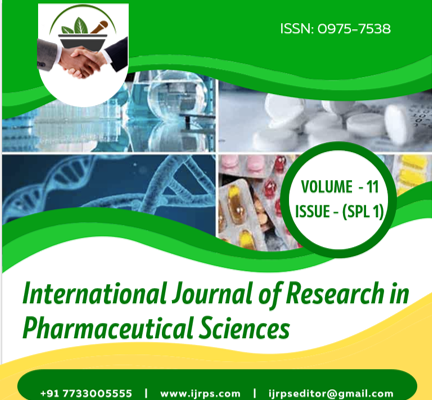Abstract
In China, Wuhan in the province of China, COVID-19 a patient suffering from pneumonia was tested and to identify the cause, the throat swab of the patient was tested. On 7th January 2020 WHO declared the identification as COVID-19. And then it was proclaimed as a pandemic. It classically causes a respiratory illness presenting as a mild cough, fever and dyspnoea. However, several investigators have advocated the involvement of the gastrointestinal tract and liver in COVID-19 infection similar to other coronavirus infections. Further research studies have shown results that are expanding the possibility of faecal transmission because RT-PCR assessment has shown significant evidence for the presence of virus not only in oropharyngeal samples but also in stool samples. Studies have shown that virus in stool samples have got positive results even after the illness has resolved, and two respiratory tests were done 24 hours after COVID-19 being tested negative. The review article summarises the different findings of the clinical presentation of COVID-19. It sheds light on the effects of COVID-19 in the gastrointestinal system along with the reasons for the high possibility of transmission of COVID-19 through the faecal-oral route.
Full text article
Authors

This work is licensed under a Creative Commons Attribution-NonCommercial-NoDerivatives 4.0 International License.

